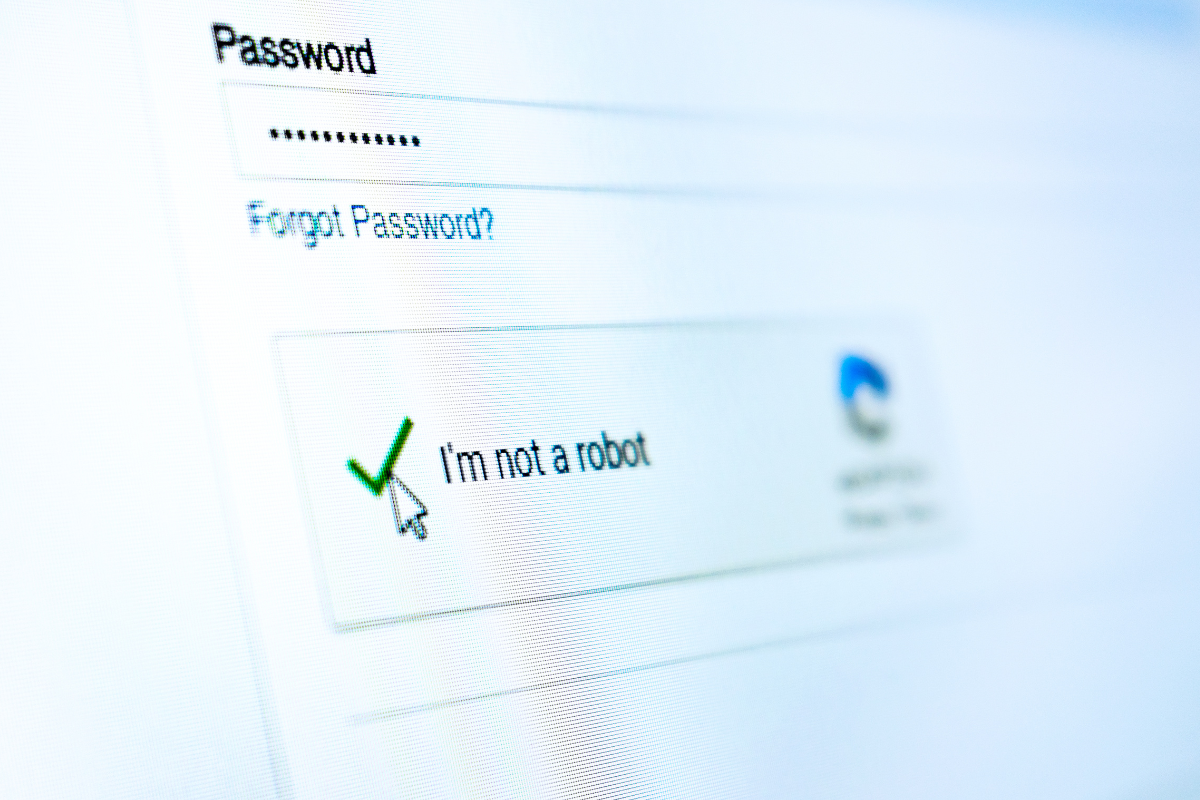CAPTCHA is one of the most challenging barriers to overcome when web scraping, especially for websites that require large-scale data extraction. While basic solutions like proxy rotation and CAPTCHA-solving services can be effective, advanced techniques are necessary to handle more complex CAPTCHA types like reCAPTCHA, Invisible reCAPTCHA, and CAPTCHAs based on images.
In this article, we’ll explore advanced CAPTCHA bypass techniques, including browser automation tools such as Selenium and Puppeteer, machine learning, and OCR (Optical Character Recognition). These methods allow scrapers to handle CAPTCHAs in a more automated and efficient way, reducing manual intervention and improving scraping accuracy. Also, you can learn the most convenient way to solve CAPTCHA automatically during scraping.
1. Browser Automation: Using Selenium for CAPTCHA Solving
Selenium is one of the most popular browser automation tools, primarily used for automating web browsers like Chrome and Firefox. It’s especially useful for bypassing CAPTCHAs that rely on dynamic content or JavaScript, as it interacts with web pages just like a human user. Here’s how Selenium can help bypass CAPTCHA:
How Selenium Solves CAPTCHAs
Simulating Human Behavior: Selenium can simulate mouse movements, clicks, and text input to solve image-based CAPTCHAs or complete reCAPTCHA challenges. For example, when faced with a “select all images with traffic lights” CAPTCHA, Selenium can automatically detect and select the correct images based on predefined patterns.
Headless Browsing: By using headless browsing (running a browser without a graphical interface), Selenium can solve CAPTCHA challenges while consuming fewer system resources, making it ideal for large scraping tasks.
CAPTCHA Bypass Integration: Selenium can be integrated with CAPTCHA-solving services (like 2Captcha or Anti-Captcha), allowing the tool to send the CAPTCHA to a solving service, which returns the solution to Selenium.
Example Python Code with Selenium
Selenium allows you to bypass CAPTCHA by simulating real-time user interactions, making it a powerful solution for dynamic web pages that rely on JavaScript-based CAPTCHA.
2. Puppeteer for CAPTCHA Solving
Puppeteer is a Node.js library that provides a high-level API for controlling headless browsers. Similar to Selenium, Puppeteer allows you to automate web interactions, but it’s specifically designed for modern web pages with complex interactions, such as Single Page Applications (SPAs).
Puppeteer is especially effective at bypassing Invisible reCAPTCHAs—the type of CAPTCHA that doesn’t require visible interaction from the user and only asks for a verification check once suspicious activity is detected.
How Puppeteer Helps Solve CAPTCHAs
JavaScript Rendering: Puppeteer renders JavaScript-heavy web pages, ensuring that the CAPTCHA challenge is fully loaded and displayed for solving.
Human-like Behavior Simulation: Puppeteer mimics human behavior by controlling mouse movements, typing patterns, and even scrolling, reducing the chances of triggering CAPTCHA systems.
Invisible reCAPTCHA: Puppeteer is especially useful in solving Invisible reCAPTCHA, where the CAPTCHA is only triggered if abnormal activity is detected. It can bypass these systems by simulating a real human user with continuous interaction.
Example Puppeteer Code
Puppeteer can handle more complex CAPTCHA systems that rely on sophisticated web technologies, making it a preferred choice for dynamic scraping tasks.
3. Machine Learning for CAPTCHA Bypass
Machine Learning (ML) has emerged as an advanced method for solving CAPTCHA challenges, particularly those that involve complex image recognition. ML algorithms can be trained to identify patterns, recognize images, and even solve CAPTCHA puzzles that are difficult for traditional bot-detection methods to decode.
How Machine Learning Solves CAPTCHA
Image Classification: Machine learning algorithms, particularly Convolutional Neural Networks (CNNs), can be trained to recognize and classify images in CAPTCHA challenges. For example, identifying all images with traffic lights or road signs in a CAPTCHA can be done automatically by ML models.
Pattern Recognition: By training ML models on large datasets, scrapers can create systems that recognize text-based CAPTCHAs, distorted images, and other challenging CAPTCHA formats.
Solving Complex CAPTCHAs: ML-powered CAPTCHA solvers can go beyond simple text-based CAPTCHAs and solve more intricate challenges that require human-like reasoning.
Example: Using TensorFlow for CAPTCHA Solving
With machine learning, you can develop highly accurate systems for bypassing even the most difficult CAPTCHA challenges, although the process requires significant training data and computational resources.
4. Optical Character Recognition (OCR) for CAPTCHA Solving
Optical Character Recognition (OCR) tools are widely used for reading and solving text-based CAPTCHAs, such as those where users are required to identify distorted text. OCR technology extracts text from images, making it ideal for bypassing CAPTCHAs that involve image-based puzzles.
How OCR Works for CAPTCHA Solving
Image Preprocessing: OCR tools first preprocess the CAPTCHA image, enhancing the quality of the text for better recognition.
Character Segmentation: The OCR software segments the CAPTCHA image into individual characters and attempts to recognize them based on trained models.
Text Extraction: After processing the image, the OCR tool extracts the text and provides the solution.
Popular OCR Tools for CAPTCHA Solving
Tesseract: One of the most popular open-source OCR tools, Tesseract can be integrated into web scraping systems to solve image-based CAPTCHAs.
EasyOCR: A modern OCR tool that supports multiple languages and is often used for CAPTCHA solving.
Example: Using Tesseract OCR to Solve CAPTCHA
By integrating OCR tools into your web scraping system, you can automate the process of solving text-based CAPTCHAs with great accuracy.
Bonus: No-coding Tool to Bypass CAPTCHA Automatically
For those who have no idea about coding, or just want to save time and energy on web scraping, Octoparse is the best web scraper to scrape any website smoothly without CAPTCHA troubles.
Octoparse is an AI-based web scraping tool designed for non-coders. Its auto-detecting function can help you create a crawler automatically, and you just need to make simple adjustments from the data fields it gives. Octoparse has advanced features like proxy rotation, cloud scraping, and other methods to solve the CAPTCHA while scraping. What’s more, preset data scraping templates for popular websites like Amazon, eBay, LinkedIn, etc., allow you to get data within several clicks.
Turn website data into structured Excel, CSV, Google Sheets, and your database directly.
Scrape data easily with auto-detecting functions, no coding skills are required.
Preset scraping templates for hot websites to get data in clicks.
Never get blocked with IP proxies and advanced API.
Cloud service to schedule data scraping at any time you want.
Final Thoughts
Bypassing CAPTCHA during web scraping can be a complex task, but with advanced techniques like Selenium, Puppeteer, machine learning, and OCR, you can significantly improve your chances of success. These methods allow scrapers to handle CAPTCHAs more efficiently by mimicking human-like behavior, automating CAPTCHA solving, and using image recognition to solve more complex challenges.
For a streamlined scraping process, combining these advanced techniques with tools like Octoparse can help bypass CAPTCHAs seamlessly, enabling you to extract valuable data without interruptions.




